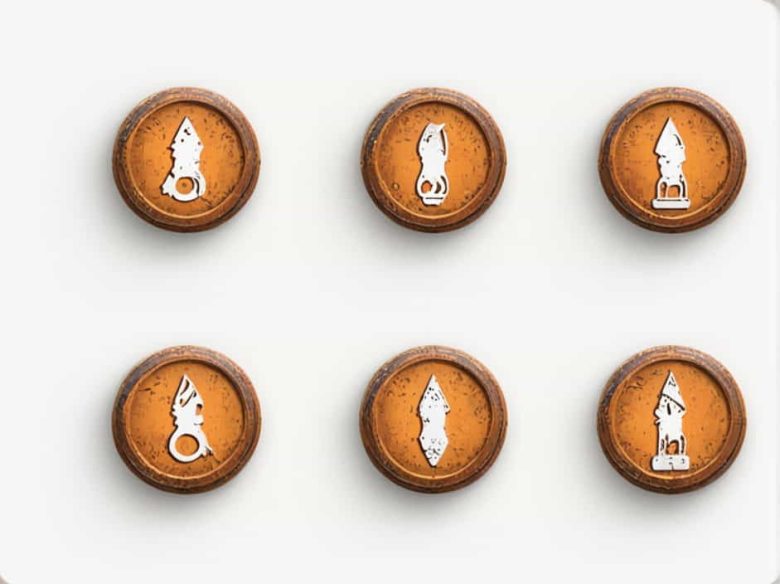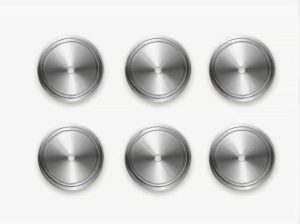Iron is widely used in construction machinery and household items due to its strength and availability. However one major drawback of iron is that it is prone to rusting when exposed to moisture and oxygen. Rusting weakens iron structures making them brittle and less durable.
One of the most effective methods to prevent rusting is galvanization. This process involves coating iron or steel with a layer of zinc which protects it from corrosion. In this topic we will explore how galvanization works why it is effective and its applications in various industries.
What Causes Iron to Rust?
Rusting is a type of corrosion that occurs when iron reacts with oxygen and water to form iron oxide (Fe₂O₃·xH₂O). This reaction is accelerated in the presence of salt acid or pollutants.
Rusting Process:
- Exposure to Moisture: Water and oxygen come into contact with iron.
- Oxidation Reaction: Iron loses electrons and reacts with oxygen to form iron hydroxide.
- Formation of Rust: Over time iron hydroxide converts into hydrated iron oxide commonly known as rust.
Rust is porous and weak meaning it does not provide a protective layer. Instead it continues to spread causing further damage to the iron.
What Is Galvanization?
Galvanization is a protective coating process where iron or steel is covered with a thin layer of zinc to prevent rusting. Zinc acts as a barrier that prevents oxygen and water from reaching the underlying metal.
Types of Galvanization:
-
Hot-Dip Galvanization
- The most common method.
- Iron or steel is dipped into molten zinc at about 450°C.
- A strong zinc coating forms providing long-term rust protection.
-
Electro-Galvanization
- Uses electrochemical deposition to coat the metal with zinc.
- Produces a smoother and thinner zinc layer.
- Commonly used for automobile parts and electrical appliances.
-
Sherardizing (Vapor Galvanization)
- Zinc powder is heated in a closed chamber with the metal.
- Zinc vaporizes and forms a protective layer.
- Used for small mechanical components.
-
Mechanical Galvanization
- Zinc powder and impact media (such as glass beads) are used to coat the metal.
- Ideal for small complex-shaped parts.
How Does Galvanization Prevent Rusting?
Galvanization protects iron in two ways:
1. Physical Barrier Protection
The zinc coating seals the metal surface preventing water and oxygen from reaching the iron. This stops the oxidation process and prevents rust formation.
2. Cathodic Protection (Sacrificial Protection)
Zinc is more reactive than iron. If the galvanized coating is scratched or damaged zinc will corrode instead of iron. This process is called sacrificial protection where zinc “sacrifices” itself to protect the underlying metal.
Advantages of Galvanization
- Long-Lasting Protection – A galvanized coating can protect iron for decades even in harsh environments.
- Cost-Effective – It is cheaper than other corrosion-resistant treatments like stainless steel.
- Minimal Maintenance – Requires little to no maintenance reducing repair costs.
- Eco-Friendly – Reduces the need for frequent replacements conserving natural resources.
- Strong Adhesion – The zinc layer bonds well with iron preventing peeling or flaking.
Applications of Galvanized Iron
Galvanized iron is widely used in various industries due to its durability and rust resistance. Some common applications include:
- Construction – Roofing beams and fences.
- Automotive Industry – Car bodies and engine components.
- Electrical Appliances – Washing machines air conditioners and refrigerators.
- Pipelines and Water Tanks – Prevents corrosion in water supply systems.
- Agriculture – Storage silos and irrigation pipes.
Comparison: Galvanization vs. Other Rust Prevention Methods
| Method | Protection Mechanism | Durability | Cost |
|---|---|---|---|
| Galvanization | Zinc coating (barrier + sacrificial) | High (decades) | Affordable |
| Painting | Forms a protective layer | Moderate | Low |
| Oiling/Greasing | Prevents moisture contact | Short-term | Low |
| Stainless Steel | Chromium forms a passive layer | Very high | Expensive |
Frequently Asked Questions About Galvanization
1. Does Galvanization Wear Off Over Time?
Yes but it lasts for decades depending on environmental conditions. The thickness of the zinc layer determines longevity.
2. Can Galvanized Iron Be Painted?
Yes but the surface must be properly treated (cleaned and primed) before applying paint.
3. Is Galvanized Iron Safe for Drinking Water?
Yes galvanized pipes are commonly used in water supply systems. However over time zinc may dissolve slightly so modern plumbing uses coated pipes for drinking water.
4. Can Rust Form Under Galvanized Coating?
If the zinc coating is severely damaged and completely wears off rusting may occur. However zinc’s sacrificial protection slows down this process significantly.
5. How Can I Tell If a Metal Is Galvanized?
Galvanized metal has a spangled shiny appearance with a slightly rough texture. Over time it may develop a dull gray coating due to zinc oxidation.
Galvanization is one of the best methods to prevent iron from rusting offering long-lasting cost-effective and low-maintenance protection. By applying a zinc coating iron remains shielded from moisture and oxygen ensuring durability in various industries.
Whether in construction automotive or household appliances galvanized iron plays a crucial role in preventing corrosion and enhancing the lifespan of metal structures.



